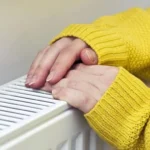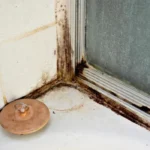YES and NO!!
Kitchen, sink, basin, bathroom, toilet and other water explained
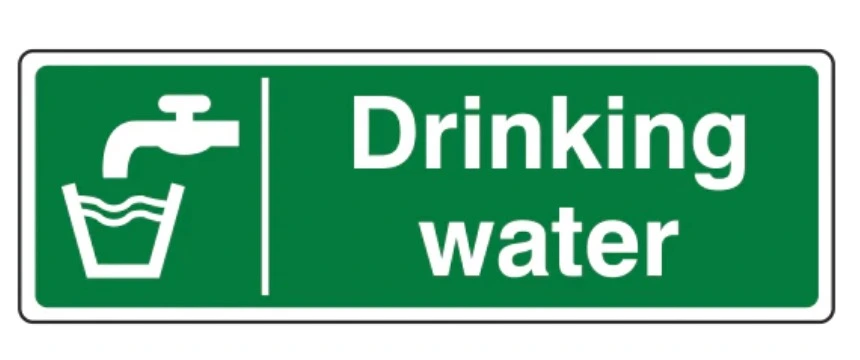

Plumber - Paul
Paul's a member of the Chartered Institute of Plumbing & Heating Engineers, Water Regs UK (formerley WRAS – Water Regulations Advsiory Scheme) certificated as well as a qualified unvented cylinder engineer and a qualified heat pump engineer.
Tap water 101
Safe to drink? We all know that drinking from the tap is the most cost-efficient and environmentally friendly way to quench your thirst.
According to Discover Water (set up by DEFRA, OFWAT, The Environment Agency, Drinking Water Inspectorate and the water companies) the UK has one of the best quality water supplies in the World. Looking at the latest figures for drinking water quality compliance with the strict UK and European standards, the UK has a quality rating of 99.96% – with England and Wales scoring 99.96%, Scotland 99.91% and Northern Ireland 99.98%. If you’re interested in water quality, environmental performance and customer satisfaction Discover Water’s website dashboard makes interesting reading.
Tick. British tap water is excellent. And in UK homes, water in the bathroom and kitchen normally comes from the same mains water supply pipe. So, if it’s okay to drink water that comes out of a kitchen tap, it must be fine to drink water from a bathroom tap?
We’ll you’d think so. After all, it probably looks the same, smells the same and tastes exactly the same.
And in some cases, you’d be right and bathroom water’s just as safe to drink as kitchen tap water. But the full answer is – not always, and’ll depend on the type of water system you have.
Direct water system

I’ve a direct water system, am I okay to drink water from bathroom taps?
Safe to drink? If you’ve a direct water system, one that uses a combi-boiler or unvented cylinder (Megaflow or similar), fresh mains standard water is sent directly to all of the taps in your home. So, the cold water coming out of your kitchen taps and your basin and bathroom taps is exactly the same and perfectly safe to drink. So, tick. You’d normally expect to find a direct water system in newbuilds and modern houses where the reduced plumbing needed helps to save space and frees up lofts etc. for easy conversion.
However, with circa 4 million of the UK’s current housing stock (of 25 million dwellings) built after 2001, it’s far more likely that you’ve an indirect water system. Doing the math – 85% of UK homes.
Indirect water system

So, what’s an indirect cold water system?
Safe to drink? This is a type of plumbing system that uses a cold water storage cistern to supply cold water to taps and appliances in a home. The main water supply enters the home and is fed directly to the kitchen sink and on to the cold water cistern. This is normally in the highest part of the home which is typically the loft.
From the cistern, the cold water is distributed to the taps and appliances using gravity pressure.
When a tap is turned on, water flows out of the cistern and down to the tap. The water pressure at the tap is determined by the height of the cistern and the distance between the cistern and the tap. The higher the cistern, the greater the water pressure will be at the tap.
There are advantages to using an indirect cold water system.
- First, it helps to reduce the risk of contamination of the drinking water supply. This is because the cold water in the cistern is not in contact with the mains water supply, which can be contaminated with bacteria or other harmful substances.
- Second, an indirect cold water system can help to improve the pressure and flow rate of the cold water at taps and appliances. This is because the water is not under as much pressure when it is distributed from the cistern, which can help to prevent water hammer and other problems.
- Finally, an indirect cold water system can help to extend the life of your taps and appliances. The water’s not under as much pressure when it is distributed from the cistern, which can help to prevent taps etc. from leaking or breaking.
The main components of an indirect cold water system are:
- Main water supply
- Cold water storage cistern
- Float valve
- Feed and expansion pipe
- Cold water distribution pipework
- Taps and appliances
Indirect cold water systems also have a few disadvantages. One disadvantage is that they can be more expensive to install than direct cold water systems. Another disadvantage is that they can take up more space in the loft or attic.
You can be reassured in you have an indirect cold water systems over all they’re a reliable and efficient way to provide cold water to a home.
While this water’s generally safe to drink, it can lead to some problems for example bacteria build-up. Other contaminants may also be found in the tank. To be on the safe side, if you’ve an indirect cold water cistern you shouldn’t be drinking from anything else but the kitchen tap.
So, if you’ve just woken at 3.10am with a mouth dry as the Sahar and the only thing you can think of is glass of water, unless you know that your bathroom water’s safe, you’re really better off trapsing downstairs to the kitchen and not topping up at the bathroom tap.
That said, drinking the odd glass of water from your ensuite cold tap isn’t likely to do you any serious harm. Well, you brush your teeth with it. Don’t you? However, the bathroom’s almost certainly not the best source of drinking water. Unless of course you’ve a direct system or know how your water gets to your taps. And unless you do know, you can always keep a glass of the wet stuff on your bedside cabinet, just in case.
Bathroom tap water. Can you tell whether this is the same as kitchen tap water?
Safe to drink? With many homes over the year being built and plumbed by non-plumbers and modified by enthusiastic DIYers, it’s possible with an indirect cold water system that the cold water in your taps other than in the kitchen, come from the mains and not your cold water cistern. If this is case, you should be able to drink it as you would your kitchen tap water. With pipes and plumbing hidden in walls, in conduits and trunking as well as under floors etc. for most people is this simply not possible to tell? And anyway, do you really want to take your home apart to find out?
Well, the good news is that there are a number of ways to tell if a tap’s water is the same as the kitchen tap’s and we’d do the following:
Turn off the mains water supply?
If you’ve an indirect water system, and turn off the mains water you’ll quickly be able to tell where a tap’s water is coming from. Simply turn off all of your taps except the one your checking. Then open the tap and let the water flow fully. And wait. If the tap dries then it’s fed from the water cistern and not the mains. This will work but isn’t practical, and who really wants to literally waste 250 litres of water?
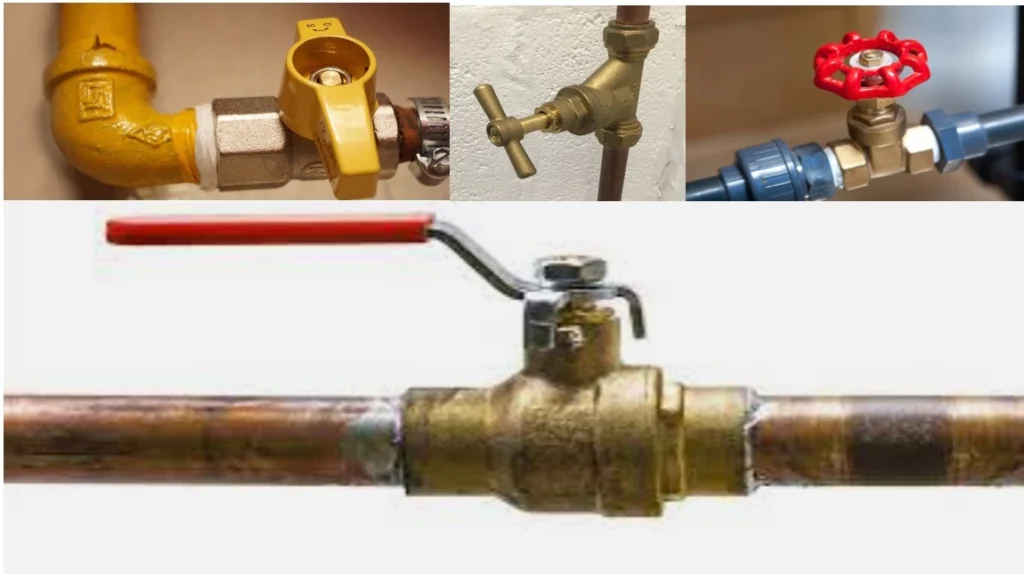
Home water testing kits
Home water testing is available and enables you to test the water from individual taps so that you know whether it’s safe to drink, water quality, whether there are any contaminants in the system and of course what type of water system you have
There are a few types of testing available. Some cost upwards of £200 (for a full house) with samples sent to a lab which analyses the water. This will able you to test for contaminates include aluminium, arsenic, barium, bismuth, boron, cadmium, cobalt, chromium, copper, iron, lead, lithium, manganese, nickel, strontium, thallium, and zinc as well as minerals – calcium, fluoride, magnesium, potassium and sodium, and agricultural waste. Basic tests can also be done on individual taps for £50ish. Going down this route you’ll:
- Know the contaminants in your water and how they might affect you and your family’s health.
- Spot corroded pipes before they fail.
- Know whether a water filter will help and choose the right one.
- Know whether a water filter will help and choose the right one.
Lead in my water?

Lead! Exposure to the serious public health threat that’s lead with its exceptionally dangerous toxicity, is something that you want to avoid.
It’s use as a building material goes back well over a thousand years and you can still see some of this in stained glass windows and the lead strips – calmes or cames holding the glass panels together.
More recently, lead and lead compounds with their resistance to corrosion and malleability were widely used in homes through cladding, electrical conduits, roofs, flashings, tank linings, gutters and of course plumbing systems via pipes.
Lead accumulates within the body and affects every organ particularly kidneys (renal disease) digestive system issues – stomach and bowel problems as well the nervous system – hypertension and cognitive decline – early on set dementia.
For children notably any form of contact with lead according to the World Health Organisation will affect their brain and nervous system, slow growth and development, produce learning and behaviour problems, as well as hearing and speech problems.
With the building regulations change in 1969, the UK government banned the use of lead in domestic plumbing and since 1970s new homes in the UK have been built without lead pipes.
Is there a safe level of lead?
This one’s up for debate:
- The World Health Organisation does not set a safe limit for lead concentration in drinking water.
- The EU Commission cut the maximum acceptable concentration of lead in drinking water to 10 µg/L from 50 µg/L.
But if you can, you really should avoid lead in any of its forms. If you’ve lead pipes the Lead replacement schemes that many water companies including Thames Water have should be looked at as they may offer free or subsidised lead pipe replacement.
If you do replace your pipes and your home was constructed before 1966, checking your earthing connection is essential as lead pipes were sometimes used for electrical earthing.
How do I find out I’ve lead pipes?

There are some quick and simple tests that will show if you’ve a lead supply pipe.
- 1970 or after. If your home was built after this, then you’re not likely to have lead pipes.
- Check your supply pipe. Take a look at the pipe that supplies the your main stop cock. This will probably be in an outside utility cupboard, your garage or under your kitchen sink if you live in a terrace. A matte dark grey coloured pipe – and it’s probably lead.
- If you see pipes joints bulging slightly this is a general sign of lead pipes.
- Take a regular household magnet’ one on your fridge will do and if this sticks to the pipe then it won’t be lead but iron or steel.
- Screwdriver test. Use a screwdriver, coin or other hard metal tool of object and gently scratch the surface of the supply pipe. If the pipe’s soft and the metal underneath’s grey – it’s likely to be lead.
Other contaminants
- Aluminium. Higher levels of aluminium and metal even consumed in relatively low amounts have been linked to greater dementia risk.
- Cadmium. Cadmium exposure can cause limb and other birth defects in developing foetuses.
- Chromium. Hexavalent chromium is used in paints, dyes, leather tanning as well as other industrial applications and is regularly discharged into soil can making its way into our groundwater and consequently, drinking water. This is a particularly nasty contaminant, has unquestionably highly toxicity and can cause cancer.
- Manganese. Small amounts of this are essential to our health. But at higher concentrations they are toxic and can result in mangenism, a movement disorder similar to Parkinson’s disease.
- Nitrate. Nitrate water contamination is mainly a problem in agricultural areas and can affect people with private water supplies. In drinking water, high levels of nitrate can cause “blue baby syndrome” – methaemoglobinaemia, a potentially fatal condition in babies. Mouth and gut bacteria reduce the nitrate to highly reactive nitrite which affects blood oxygen transfer. International Agency for Research on Cancer (IRAC) and the World Health Organisation have both said that nitrate and nitrite are probably carcinogenic to people.
Affordable testing
Safe to drink? A cheaper affordable route are the strip home self-test kits. These are widely available on line for £15-20 and enable you to test for all the main contaminants you need to worry about including chlorine, chloride (salt), copper, cyanuric acid, iron, lead, nickel, nitrogen zinc sulphate as well as water ph., total water hardness and low bacteria.
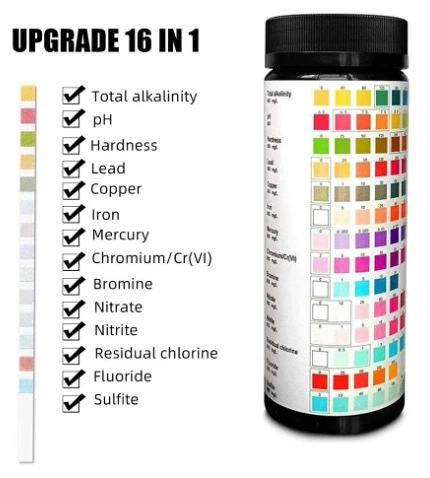
When’s water unsafe to drink? How do you know??
Not sure still if it’s safe to drink your bathroom tap’s water? How about some more pointers to look out for:
Murky looking water?
Safe to drink? There are some clear signs to look out for to help you decide if the water in the tap your using is unsafe to drink.
If it’s murky or cloudy but clears quickly it’s probably due to trapped air in the water causing bubbles. But on the other hand, it may also be a sign that the water contains pathogens or chemicals.
Murky or brown water is a sigh that there’s something up with your pipes. If it’s coming through a direct water system then you’re more than probably looking at a pipe problem that needs to be taken care of ASAP.
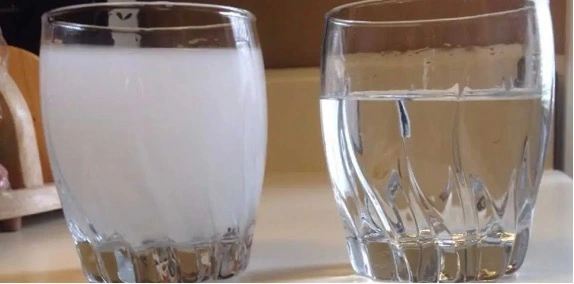
Bits in the water?
Safe to drink? With most of home water coming via reservoirs, water tables and wells, it’s possible that any particles your seeing in your tap water or in your cold water tank are inface sediment. This should’ve been removed by your water supplier and it’s worth letting them know as it’s one of the indicators they have of a fracture or break in their mains supply pipe.

Foul smelling water?
Safe to drink? If the water from your kitchen or indeed any other tap – hot or cold smells it needs to be dealt with straight away. An odour of any sort in your water is a sign that it’s contaminated as is potentially harmful to you and your family’s health
Contact a professional or your local water supplier to have this taken care of.
Water with green algae growing on it?
Safe to drink? As with lots of other contaminants, green algae can make you very unwell. Diarrhoea, gastroenteritis, headaches, vomiting and even nervous system issues are symptoms of green algae contamination and you need to have your water tanks and water system looked at by a professional.
If you see any sign of green algae coming from your kitchen tap don’t drink its water. Get in touch with your water supplier immediately and let them know as it shows that their system has a problem as the water treatment process should have eradicated any algae. If you’ve an indirect water system with loft tanks you should also check these as it may be a local problem as well.

A few water FAQs
Bacteria? How can you tell if it’s in your water?
Safe to drink? Bacteria are colourless, odourless and invisible, so most of the time you won’t know if there’s any in your water. But if your water tastes unusual, has a rotten egg – sulphurous smell or a strange colour or tint or is cloudy don’t drink it and get in touch with your supplier for a plumber for some advice.
Most of the time, there is no way to tell if there are harmful bacteria in your water. There are some indications that you might have harmful bacteria in your system.
Toilet water? This is the same as sink water, right??
Safe to drink? It depends on the type of water system you’ve got.
Primarily, water for the toilet and additional water comes from the same source. Unless of course you have a grey water tank – which’ll only be used for toilet flushing inside. You might also have a loft central storage tank that supplies only the toilet water.
Anyway, drinking toilet water should be avoided due to the bacteria which your toilet bowl will contain. Remember toilet cleaners claim to kill a maximum 99% of germs and you’ll still need to worry about the remaining 1% that they can’t deal with!
Boiling well water? Does this make it safe to drink??
Safe to drink? Boiling water is a great way to kill harmful bacteria in water. So yes!
Harmful bacteria that boiling will kill include salmonella, hepatitis A and of course E.coli. None of these are pleasant or will do you any good causing tiredness, cramps, headaches and vomiting.
To get rid of all bacteria water should be boiled to bubbling and kept like this for at least a minute. And when its cooled, it’ll be safe to drink.
Wrapping up....
Crystal clear – even if the water in your bathroom and kitchen is, for you and your family’s safety and health you really should know how your water system works. And just because the water’s clear today and now, it doesn’t mean that there won’t be problems caused by your water supplier or in your home’s tanks and pipes in the future.
If you notice any of the issues we’ve looked at, contact a professional plumber as they’ll be able to work alongside your water supplier and get these sorted quickly so that you keep your family safe and healthy.
See you soon....
That’s it for today! Until next time, you can always find us on www.angusplumbing.co.uk (we’ve a great on-line booking mechanism) or on Instagram, Facebook and YouTube. Or, if you wanted to, you can call, text or WhatsApp us on 07442 966664.
We’d love to hear from you, especially if there’s something, you’d like us to blog about.
All the best for now
The ANGUSplumbing team





